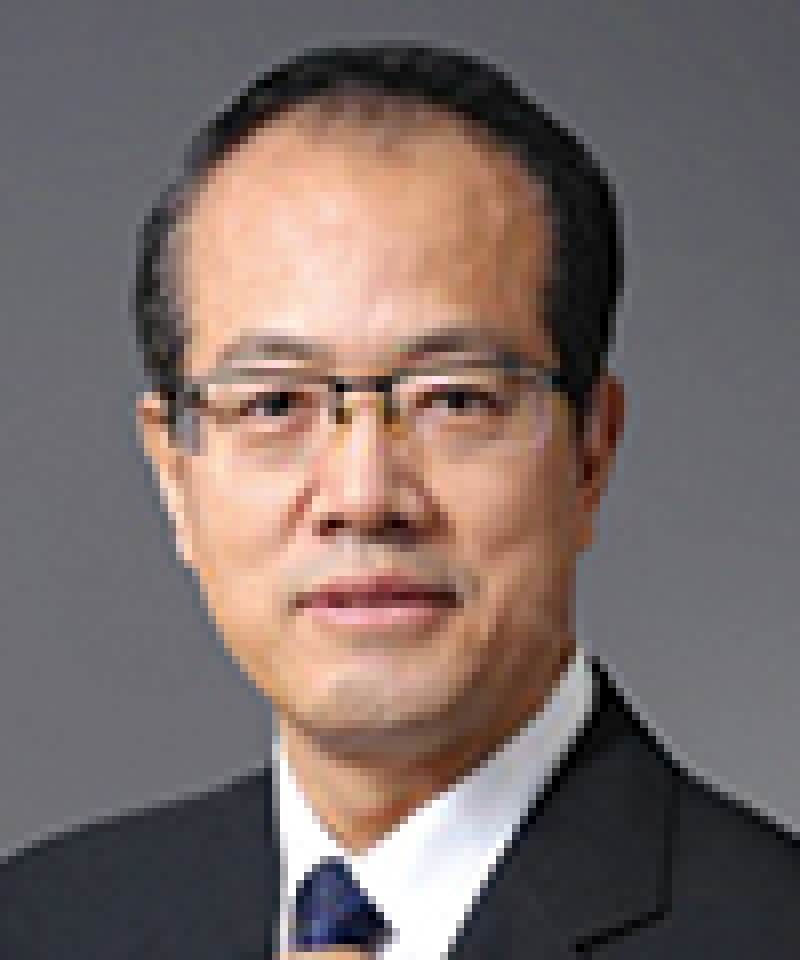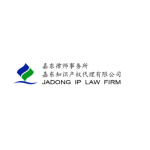Since the enactment of the Chinese Copyright Law in 1990, it has been revised twice – first in 2001 and secondly in 2010. Intended plans for a third amendment began in 2011 and policymakers sought to revise the law greatly, and collected several schemes and discussed them fiercely. However, due to irreconcilable disputes across various aspects, it was finally determined that the third amendment should take place within a small range. In November 2020, the legislative organisation – the Standing Committee Standing Committee of the National People's Congress (NPC) – finally adopted the third amendment.
The legal sources of the third amendment mainly came from two aspects. One is international conventions such as Beijing Treaty on Audiovisual Performances, the Marrakesh Treaty and the newly formulated Civil Code of People's Republic of China, with which the third revision unified the relevant legal terms. The other aspect is that the Copyright Law incorporated administrative regulations on copyright, such as the 'Regulations for the Implementation of the Copyright Law', the 'Regulations on Protection of the Right of Communication through Information Network' and the 'Regulations on Copyright Collective Administration'.
The revised Copyright Law (hereinafter referred to as the 'new law' and the laws before the third amendment referred to as the 'old law') will come into force on June 1 2021. The contents of this new amendment are explored in this article.
Optimising the definition of 'work'
'Work' is the object of copyright protection and the most important element of the copyright legal system. The old law did not make a clear definition on the connotation of the work, but mentioned eight forms of works by enumeration and such enumeration made the forms of works closed by the law. Therefore, many people with strict legal views believed that copyright law only protected the forms of works enumerated in the definition provisions and excluded those works that were not enumerated.
|
|
“previously ‘controversial’ creations are now able to get more opportunities to be protected by copyright law” |
|
|
However, in the past two or three decades, with the development of technology and culture, many new forms of works have emerged – such as live shows of sports events, fountain modelling and video games, among other innovations. They were difficult to classify into the forms of works already defined by the old law. The judicial community had regular disputes and difficulty in reaching a consensus of whether they could be protected by the law and under which enumerated forms of works they should be protected.
The new law has adopted a more-open legislative attitude and in addition to the enumerated forms of works, it clearly defines the characteristics of the works, which are "intellectual achievement with originality which can be expressed in certain forms". The forms of works were still enumerated to illustrate what works are, but a special provision was added to declare that intellectual achievement not enumerated but in line with the characteristics of the work is also protected by copyright law. Through optimising the definition of work, more intellectual achievement can be covered by copyright law.
The new law also changed the following term in the old law: "cinematographic works and works created by a process analogous to cinematography" to "audiovisual works". In comparison, the definition in the old law emphasised the method of creation, while the definition in the new law lays stress on the form of expression. The latter definition is more abstract, open and can cover all works with similar forms of expression, such as movies, television, short videos, animation, video games, live sports and other works. Those previously 'controversial' creations are now able to get more opportunities to be protected by copyright law, as a result of this new change.
Broadcasting rights expanded
The system of Chinese copyright has remained largely unchanged since 1990. In the new law, the content of some rights have been expanded – such as the right of broadcasting.
According to the old law, the right of broadcasting could only cover four types of broadcasting – cable broadcasting, cable rebroadcasting, wireless broadcasting and wireless communication. The new law has modified the definition of the right of broadcasting so that it can cover all non-interactive long-distance communication. Thus, those previously uncovered but common actions like cable communication and network living broadcast (webcast) are all now under the category of broadcasting. The owners of the rights of broadcasting have a wider range of rights under the new law.
The new law has also added the right of rental to the performers. Performers have the right to authorise others to temporarily use the sound recordings or video recordings recorded with their performances. When the producers of the sound recordings or video recordings rent the products, they should ask the performers for permission and share the remuneration with the latter.
The producers of the sound recordings or video recordings have also increased their rights. According to the new law, they enjoy the right to claim compensation for broadcasting and mechanical performance (using recordings for public transmission by wire or wireless, or transmitting sound to the public by means of technical equipment). The radio stations and television stations have also been given the right to prohibit others from broadcasting their programmes to the public through networks. In the old law, they did not enjoy such rights.
Ownership rules incline towards investors
In 1990, when the Chinese Copyright Law was enacted, the first principle of the law was to protect the creators. Thus, the rules of ownership were clearly inclined towards the favour of creators. Over time, the law has gradually leant towards investors and organisers.
The new law reflects this trend in several aspects. For example, works created by the staff of newspapers, periodicals, news agencies, radio stations and television stations should be identified as 'post works', and copyright should be enjoyed by the employer. While in the old law, if there was no special agreement, the creators of content in newspapers and similar platforms could enjoy the copyright even if the works were created during the course of employment.
As a principle, the new law also stipulates that producers, not the creators, enjoy copyright with regard to audiovisual works other than for films and television plays. Another example is the definition of 'post performance' in the new law. It mentions clearly that a performance by an actor in the fulfilment of tasks assigned to him by an employer is a performance created in the course of employment (post performance) and the employer should enjoy the relevant rights. The trend of putting more weight on investors are more or less reflected in these examples.
Copyright limitation tightened, specific limitations increased
The new law has made it clear that "the use of works shall not be affected" should be taken as one of the key standards to weigh the rationality of rights limitation. This means that in the future, a judge could uphold more clear and strict standards to judge whether an act is reasonable to limit the owner's copyright. The move is beneficial for copyright owners.
|
|
“For many years, the compensation for copyright infringement was far lower than the cost that the right owners spent in protecting their rights” |
|
|
However, in the cases where the rights are compulsively limited by the law, the items that could lead to the limitation of rights have been increased in the new law. For example, in classroom teaching, teachers could translate or reproduce a published work in a small quantity without permission from and without payment to the copyright owner. The new law additionally stipulates that teachers can now also adapt, compile or broadcast a published work in classroom for teaching purposes without permission or payment.
In the old law, a library, archive, memorial hall, museum, art gallery, or similar institution, could reproduce a work in its collections for the purpose of display or preservation of the work, and did not need permission from the copyright owners and did not need to pay them. In the new law, the cultural centre, operated by the local government to carry out cultural and recreational activities, could also perform the same act.
There was a provision in the old law stipulating that the transliteration of a published work into braille for publication was reasonable and would not be considered as a violation of copyright. The new law has changed 'braille' to 'dyslexia', which has enlarged the scope of application of this provision.
Legal compensation improved
For many years, the compensation for copyright infringement was far lower than the cost that the right owners spent in protecting their rights. Therefore, it was widely expected that the amended Copyright Law would increase the legal amount of copyright damage compensation to effectively prevent infringement.
The new law has kept in step with public opinion and increased the maximum amount of legal compensation from RMB 0.5 million stipulated in the old law to RMB 5 million (approximately $76,730 to $767,300). The new law has also provided for a minimum amount of RMB 500 for legal compensation, which is the minimum guarantee for the right owners of pictures, fonts, short texts and other works.
In addition, the infringers should also bear expenses paid by the right owners for the protection of their rights. At the same time, the new law has put forward detailed requirements for the evidence to be submitted to determine the amount of compensation, which would make it more operational and predictable to determine the amount of infringement compensation.
More obligations for CMOs
Copyright collective management organisations (CMOs) have been playing an increasingly important role in the practice of copyright licensing in China. At the same time, there were also many problems, such as non-standard management and opacity.
The new law has more requirements in place for the management of CMOs of copyright, including establishing dispute adjudication mechanisms of royalties, establishing open and transparent inquiry systems, and making the information to the public on collection and distribution of copyright royalties. These new regulations will play an important role in the future, if supporting systems and measures are provided in time.
Overall, although the third revision of the Copyright Law did not make sweeping changes, it has still given a response to appeals from all social circles and kept in step with the development of the country. Some amendments reflected the maturity of legislation technology and others tried to strike a new balance of interests between creators, users and industrial investors. The new law will come into force soon and its actual effect will be tested in time.
Click here to read all the chapters from MIP's China Special Focus

Lian Yunze
Founding partner
Jadong IP Law Firm
T: +86 10 8591 3360
Lian Yunze is the founder and head of Jadong IP Law Firm. He has practiced in the IP field for over 36 years and is recognised as an IP expert by the international brand owners he represents and by the IP community.
Lian's practice area includes trademark, copyright, unfair-competition, domain name and IP litigation. He was a member of the first group of Chinese lawyers to emerge since China restored its legal system in 1979. He has extensive experiences in trademark prosecutions, covering filings, oppositions, reviews, invalidations, cancellations and renewals. He also has extensive experiences in trademark prosecutions, covering anti-counterfeiting investigations, raid actions and litigations.
Lian holds degrees from the University of International Business and Economics and the Law School of Peking University. He is a frequent speaker at international conferences and a panelist for several domain name dispute resolution centres. He writes extensively in many global publications.

Xiangjing Luo
Partner
Jadong IP Law Firm
T: +86 10 8591 3360
Xiangjing Luo is a partner at Jadong IP Law Firm. She has vast experience in areas including copyright, trademarks, unfair competition, domain names and IP litigation.
As the former deputy secretary general of China Written Works Copyright Society (CWWCS), Xiangjing has been responsible for the core business of copyright license and safeguard systems, in which she developed and extended experience on copyright cooperate negotiation, litigation practice and author-user relationship management. She is also skilled at mediating copyright disputes and working on international copyright exchange matters.
Xiangjing holds a bachelor's degree from China Youth University of Political Studies and a master's degree from China University of Political Science and Law. She completed her PhD at Renmin University of China, and is a regular speaker and organiser of international IP-related events.












